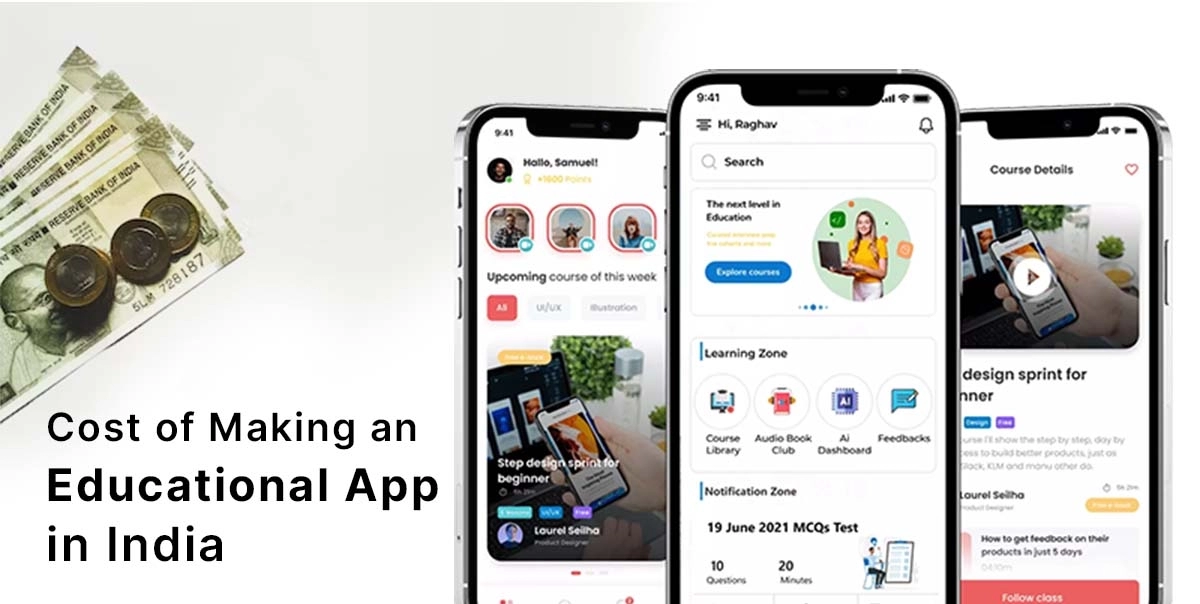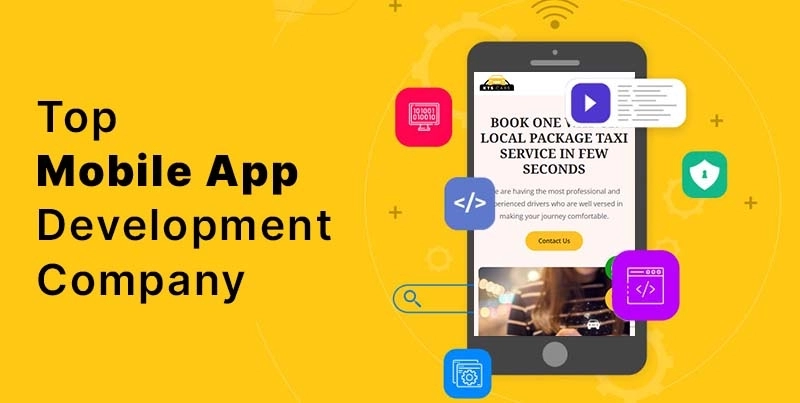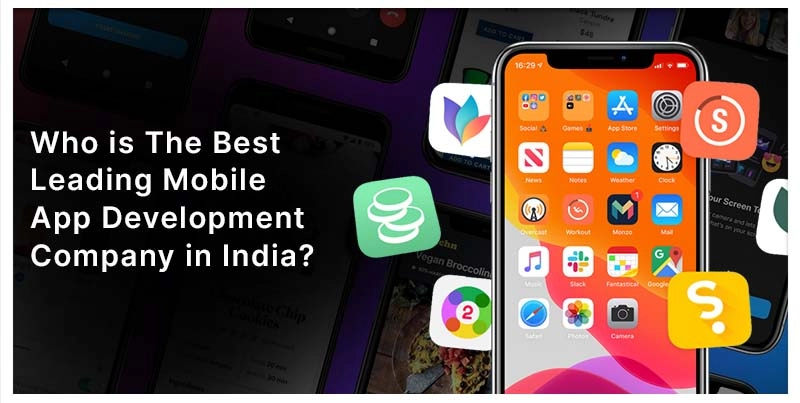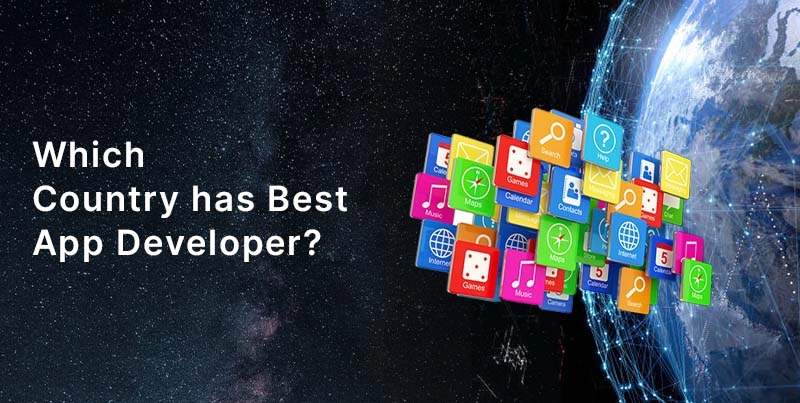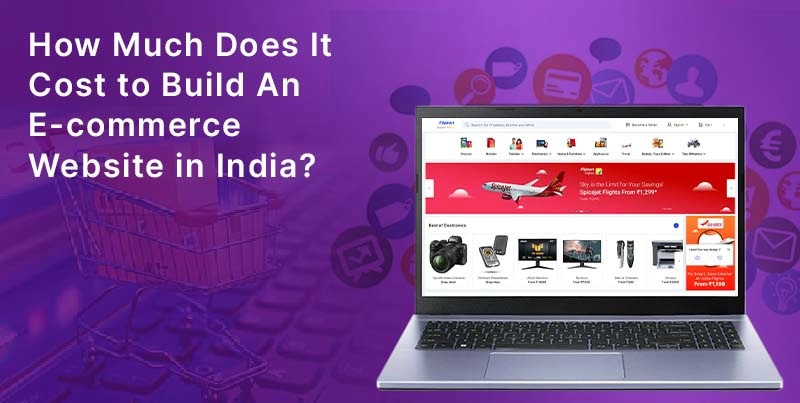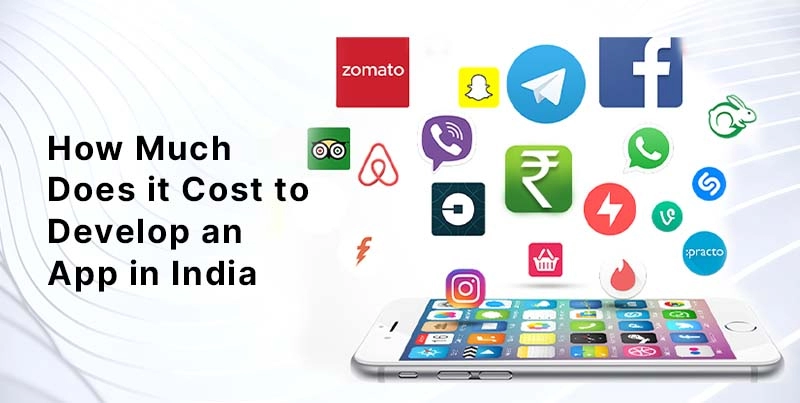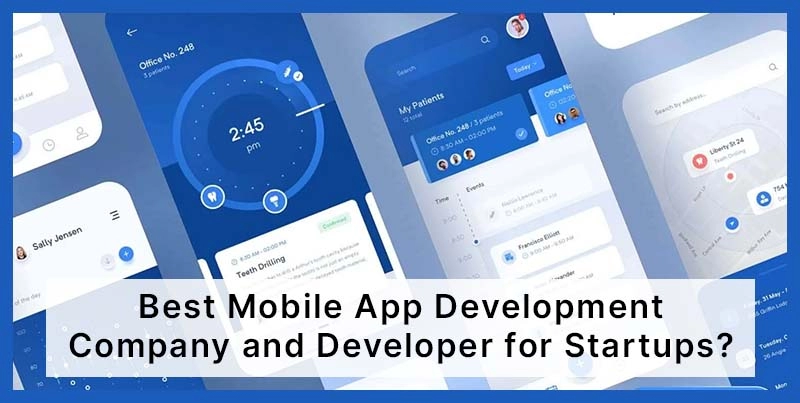How to Build an App Like Cabify?
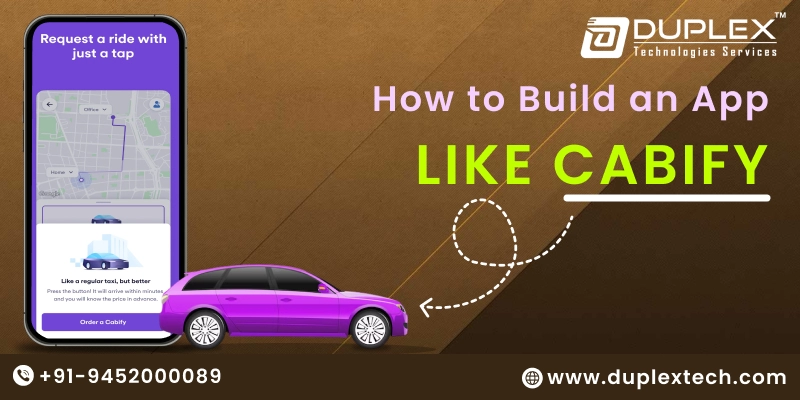
Posted By : Kritika, Posted Date : Aug 02, 2025
How to Build an App Like Cabify? A Deep Dive into Custom Cabify Clone App Development
Creating a Cabify ride booking clone app project demands more than simply replicating a successful platform—it requires innovation, an understanding of how users operate, and the utilisation of modern technologies to offer an experience that is on par with or better than the Cabify ride booking app. When you are entering a city near you or going global, the fundamental values of your product will dictate your ability to compete. This article guides you through the complete journey of creating a similar app—from concept and development to budgeting and launch strategy.
Why Mobile App Development Is the Backbone of Cabify-Like Solutions
You cannot create a ride-hailing ecosystem that endures without strong mobile app development, the core of user adoption and retention. Your app needs to handle explosive volumes of user traffic, provide real-time location, and third-party integrations like payment gateway, maps, and cloud push notification—all in milliseconds.
Of course, the strongest argument in favour of native app development is the control over hardware features that it offers. Native applications, written directly for Android and iOS, offer more complete GPS chip, motion sensor, and push notification integration that reacts faster and more responsively to the user. That matters hugely. In the taxi industry, where milliseconds matter in terms of driver performance and customer satisfaction.
Building a Cabify Clone App: Flutter vs Native – What’s Right for You?

Whether to natively develop with Flutter or to go native is a choice that is worth making while developing a Cabify clone app. The choice affects the performance, time-to-market, and future maintenance of your app. If you are working with a Flutter app development company, then they might prefer quick development cycles and lower spending because Flutter is cross-platform. But while Flutter is ideal for MVPs and rapid-fire iterations, it can be limiting when it comes to accessing platform-specific APIs or reaching very high-performance needs on iOS or Android.
Native development does allow the app to be written in Kotlin (Android) or Swift (iOS) so that each is optimised for performance and modified to match platform-specific demands on the UI. Businesses that wish to have a premium user interface or businesses that must scale up to new features—e.g., AI dispatching or route optimization—might choose native as more adaptable.
Choosing the Right Custom App Development Company for Taxi Platforms
Your development partner may make or break your ride-booking venture. Let it be a world-class customized app development company; it will not just code, but they will provide strategic insights, help create your product roadmap, and ensure your app is scalable and secure. With hundreds of app development companies promising the same, it requires an effort to find out the experienced ones among the lots.
Look for firms that understand ride-hailing business models, have a history of developing geo-location heavy apps, and offer end-to-end solutions from UX design to post-launch support. Ideally, their experience should include on-demand platforms or logistic solutions, which shows they are familiar with time-bound, real-time apps. Also, a good firm will always take the time to explain analytics integration, scalability processes, and streamlined deployment procedures.
Scaling On-Demand Software Development for Ride Booking Platforms
The real challenge in ride-hailing companies begins after launch—scaling. A functional prototype is one thing; serving thousands of riders and drivers across several cities is another. That's why high-performance on-demand software development practices are a requirement. The backend should be cloud-native, event-driven, and responsive to large volumes of API requests with low latency.
If you are developing Android-first, sound Android app development is the cornerstone of user satisfaction. Android users in the majority of developing countries believe applications should work on a patchy internet. Therefore, offline support design, graceful error handling, and memory savings are not negotiable. Server-side optimization too is part of the scalability challenge—load balancing, cache strategy, and microservices architecture are all up for grabs.
What Are the Main Features and Estimated Costs of Developing a Cabify-Like Ride Booking App?
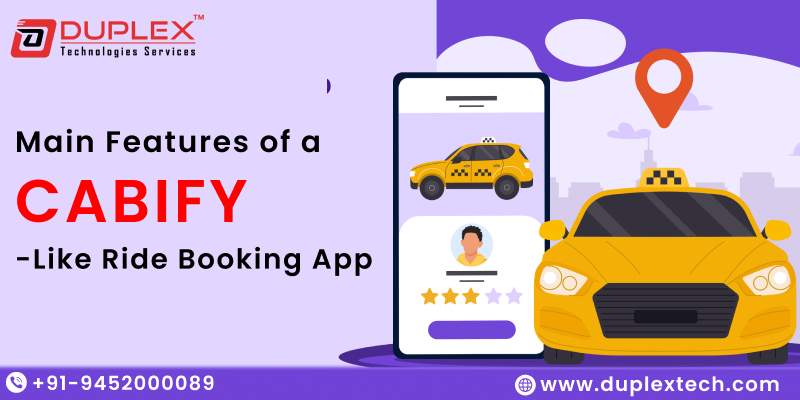
Most importantly, to realize how much one should spend on any startup business. The breakdown of the Cabify ride-hailing app cost & features would generally depend on the tech stack, team location, and feature level. For instance, an MVP would range from $25,000 to $40,000, whereas a completely customized and enterprise-level one would be over $100,000.
While developing proprietary cab apps such as Cabify, emphasize those functionalities that provide tangible user value: a decent map and tracking feature, decent fare estimation, various payment interfaces, and communication features between rider and driver. On top of these, include an administrative board that is secure and tracks, conflict resolution and money management. The features such as OTP login, encryption of data, and GDPR compliance contribute to user credibility as well as to legal basis.
How to Build an App Like Cabify on Android – Step-by-Step
If you are strategizing how to make app like Cabify Android, a step-by-step strategy will materialize your dream without bursting your resources and budget. Start from market research and user persona creation. Understand what your users require—are they interested in cash payments? Are point-to-point pickups unpopular in relation to advance bookings?
Once such insights are clearly defined, move on to design and development. Use scalable back-end services, utilize Google Maps APIs, and focus on light-weight front-end development for wide device support. From a Cabify clone to creating your taxi app, comprehensive testing should be conducted on different devices, network scenarios, and edge scenarios. Launch and expand the app only after thorough quality testing and feedback from real users.
Steps at a glance:
- Define scope and business goals
- Make mockups and flows
- Build backend architecture
- Add Android-specific UI and logic
- Add real-time tracking and payments
- QA test and beta release
- Launch and track metrics for updates
How to Build an App Like Cabify on iOS: A Complete Walkthrough
For entrepreneurs who are ready to pursue paying users, an app such as Cabify iOS development becomes crucial. The Apple ecosystem offers cutting-edge design language and device performance to develop an experience that is luxury-focused. The ideal iOS application development approach starts by taking into account iOS user behaviour, the need for clean interfaces, and higher assumptions about smoothness and privacy from apps.
Swift is employed here, both for performance and safety. Incorporating Apple Maps or some other map service that offers turn-by-turn directions, voice navigation, and real-time enabled can elevate your iOS app to the next level. Carefully pay attention to permission management within apps and prepare for data so that App Store guidelines can be activated. It also enables native payment features like Apple Pay, giving users frictionless checkout experiences.

